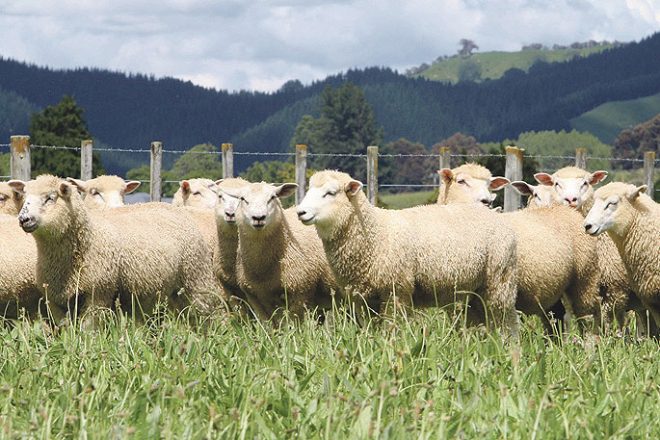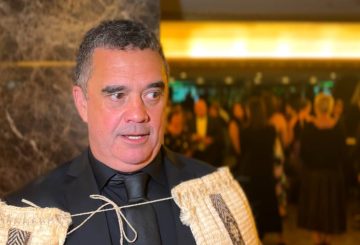Attempts on both the men’s and women’s World eight-hours strongwool lambs shearing records are to be made in New Zealand just eight days apart later this year. The first will be near Gore on December 15 when Southland shearers Megan Whitehead and cousin Hannah McColl attempt a women’s record which will have gone unchallenged for 13 years, and the second will be near Wairarapa rural locality Gladstone on December 23, when Masterton shearers Paerata Abraham and Chris Dickson attempt the men’s record which was set just five months ago.
Several possible record bids in Australia, the UK and New Zealand have been rumoured since a spate of 11 successes in 12 attempts in the last year, but World Sheep Shearing Records Society secretary Hugh McCarroll, of Tauranga, says only the two two-stand attempts have been confirmed “at this stage.”
Whitehead and McColl will attempt to break a record of 907 which was established by Wairoa mother-and-daughter Marg and Ingrid Baynes at Mangapehi, near Bennydale, in January 2009. Whitehead is already a holder of two nine-hours women’s lambs shearinng records, as the fastest in a four-stand record near Turangi in January 2020, and the solo record of 661, shorn in Southland in January 2021.
Abraham and Dickson are targeting a record of 1410 set by Simon Goss, of Mangamahu, and Jamie Skiffington, of Rotorua, at Mangamahu, north east of Whanganui, on January 4 this year.
Goss shore 715 and Skiffington 695, and the solo record is 754 shorn by Te Kuiti shear Jack Fagan at Puketititi, near Piopio, on December 22 last year.
It’s a big year for Abraham who with brother-in-law David Gordon, also of Masterton, will be shearing for New Zealand in a series of test matches against Scotland, England and Wales on a UK tour next month.
The records society, developed in 1982-1983 and having been recognnosed as the worldwide authority since 2004, appoints judges for each record attempt, with at least one at each attempt not from the country inn which the record is being attempted.
The oldest on the current books of the society is a nine-hours, three stands strongwool ewes record shorn in Central Otago in 1993.
Credit: sunlive.co.nz





























































